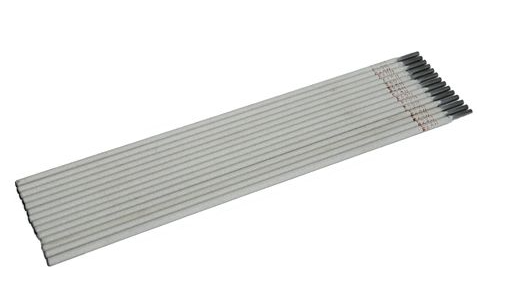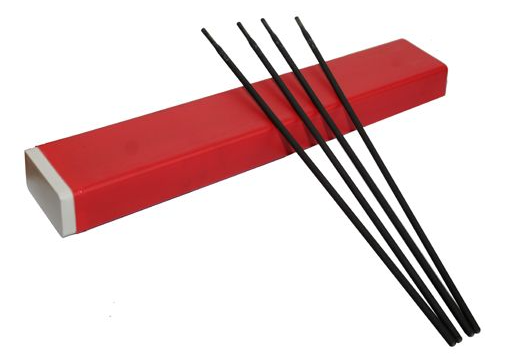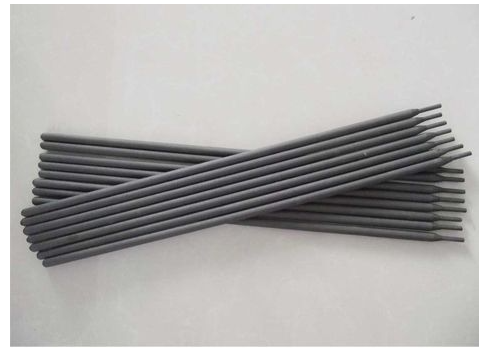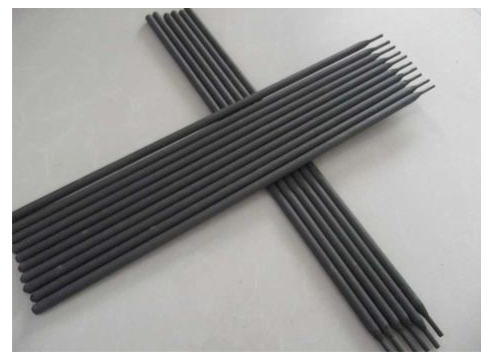Welding is a vital process used in various industries, from construction to manufacturing and automotive repair. One of the most essential components of the welding process is the welding rod. Understanding the different types of welding rods, their properties, and how to use them is crucial for achieving high-quality welds. In this article, we will explore the various types of welding rods, their applications, and key factors to consider when choosing the right rod for your project.
What Are Welding Rods?
A welding rod, also known as an electrode, is a metal rod that conducts electrical current during the welding process. It melts under the heat generated by the welding arc, fusing the workpieces together. Welding rods come in different materials, coatings, and diameters, making them suitable for different welding processes and base metals.
Common Types of Welding Rods
There are several types of welding rods available, each designed for specific welding techniques and materials. The most common welding rods include:
1. Stick Welding Rods (SMAW)
Stick welding, also known as Shielded Metal Arc Welding (SMAW), is one of the most widely used welding methods. The welding rods used in SMAW are made of a metal core with a flux coating that protects the weld from contamination. These rods are versatile and can be used for welding carbon steel, stainless steel, cast iron, and other materials. Stick welding rods come in various sizes and types, depending on the material being welded and the application. Some popular options include E6010, E6011, E7018, and E7024 rods.

AWS A5.1 E6011
2. MIG Welding Rods (GMAW)
MIG welding, or Metal Inert Gas welding, uses a continuous wire feed as the electrode. MIG welding rods are typically made of a solid wire or a flux-cored wire. The wire is fed automatically through the welding gun, and shielding gas is used to protect the weld from atmospheric contamination. MIG welding rods are ideal for welding thin sheets of metal, such as mild steel, stainless steel, and aluminum. Common types of MIG rods include ER70S-6 and ER308L.
3. TIG Welding Rods (GTAW)
TIG welding, or Tungsten Inert Gas welding, uses a non-consumable tungsten electrode to create the arc. The filler material, usually in the form of a TIG rod, is added manually to the weld pool. TIG rods come in different alloys, such as stainless steel, aluminum, and copper, and are used for precise, clean, and high-quality welds. TIG welding rods are often used in industries requiring superior weld quality, such as aerospace, automotive, and food processing. Some common TIG rod types include ER309L, ER4043, and ER70S-2.
4. Flux-Cored Welding Rods (FCAW)
Flux-cored arc welding (FCAW) is similar to MIG welding but uses a tubular wire filled with flux instead of a solid wire. The flux inside the core of the welding rod provides shielding during the welding process, eliminating the need for external shielding gas. Flux-cored welding rods are ideal for welding thick materials and outdoor applications, as they offer deep penetration and strong welds. FCAW rods are commonly used for welding carbon steel, stainless steel, and other ferrous metals. Popular types include E71T-1 and E71T-8 rods.
5. Submerged Arc Welding Rods (SAW)
Submerged Arc Welding (SAW) is a high-productivity welding process where the welding rod is automatically fed into the joint, and the arc is submerged under a layer of flux. This process provides excellent control over heat input and is used for welding thick materials, particularly in heavy-duty applications like shipbuilding, pipeline welding, and structural fabrication. Submerged arc welding rods come in various sizes and alloy compositions, including ER70S-6 and ESAB 710.
Factors to Consider When Choosing a Welding Rod
When selecting a welding rod, several factors need to be considered to ensure the best results. These include:

AWS A5.11 ENiCrMo-6
1. Base Material
The material you are welding (e.g., steel, aluminum, stainless steel) plays a critical role in selecting the appropriate welding rod. Different rods are designed for specific materials, and using the wrong rod can lead to poor weld quality and weak joints.
2. Welding Position
The position in which you are welding (flat, horizontal, vertical, or overhead) can affect the choice of rod. For instance, some rods are better suited for vertical or overhead welding due to their slower solidification rate, which helps prevent weld sagging.
3. Type of Joint
Different joints (butt, lap, corner, edge, etc.) may require different types of rods. The size and shape of the joint can affect the type of welding rod you need to use to achieve a strong and durable bond.
4. Welding Process
The welding process (SMAW, MIG, TIG, etc.) is another crucial factor in determining the appropriate rod. Each process has its own requirements in terms of rod material, size, and coating.
5. Rod Diameter
The diameter of the welding rod determines the amount of heat and filler material applied to the weld. Larger rods are used for thicker materials, while smaller rods are ideal for thin materials or precision welding.

AWS A5.5 E11018-G
Frequently Asked Questions About Welding Rods
1. What welding rod is best for beginners?
The E6013 welding rod is often recommended for beginners. It has an easy-to-control arc, minimal spatter, and produces smooth welds, making it ideal for learning basic welding techniques.
2. Can I use the same welding rod for different materials?
No, different materials require different types of welding rods. Using the wrong rod can result in poor-quality welds. Always select the rod that is compatible with the material you are welding.
3. How do I know which welding rod to use for a specific project?
The choice of welding rod depends on the material you are welding, the welding process, the joint type, and the position of the weld. Consult the manufacturer's guidelines or a welding professional for specific recommendations.
4. Are there rods that work well outdoors?
Yes, rods like the E6011 and E7018 are designed to perform well in outdoor conditions. These rods have a flux coating that protects the weld from contamination and moisture, making them suitable for use in windy or damp environments.

AWS A5.5 E7018-A1
Conclusion
Welding rods are an essential component of the welding process, with various types designed for specific applications and materials. Understanding the different types of welding rods and their uses will help you choose the best rod for your project, ensuring a strong and durable weld. Whether you are a professional welder or a DIY enthusiast, selecting the right welding rod is crucial to achieving high-quality results. Always consider the material, welding process, and project requirements when making your choice, and remember that proper rod selection is key to a successful welding job.
We offer a wide range of high quality welding rods and electrodes designed to meet the needs of professional welders and hobbyists alike.











